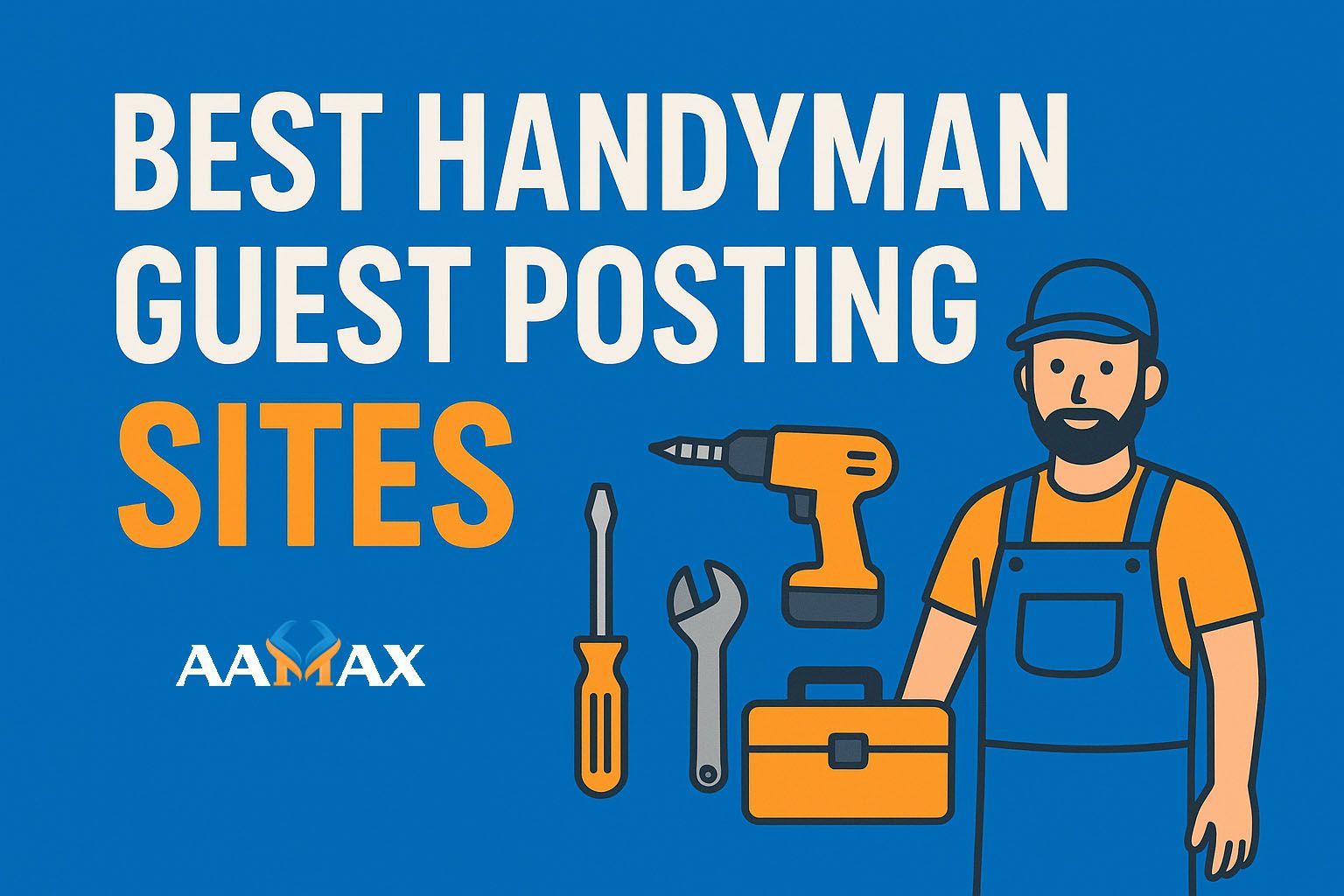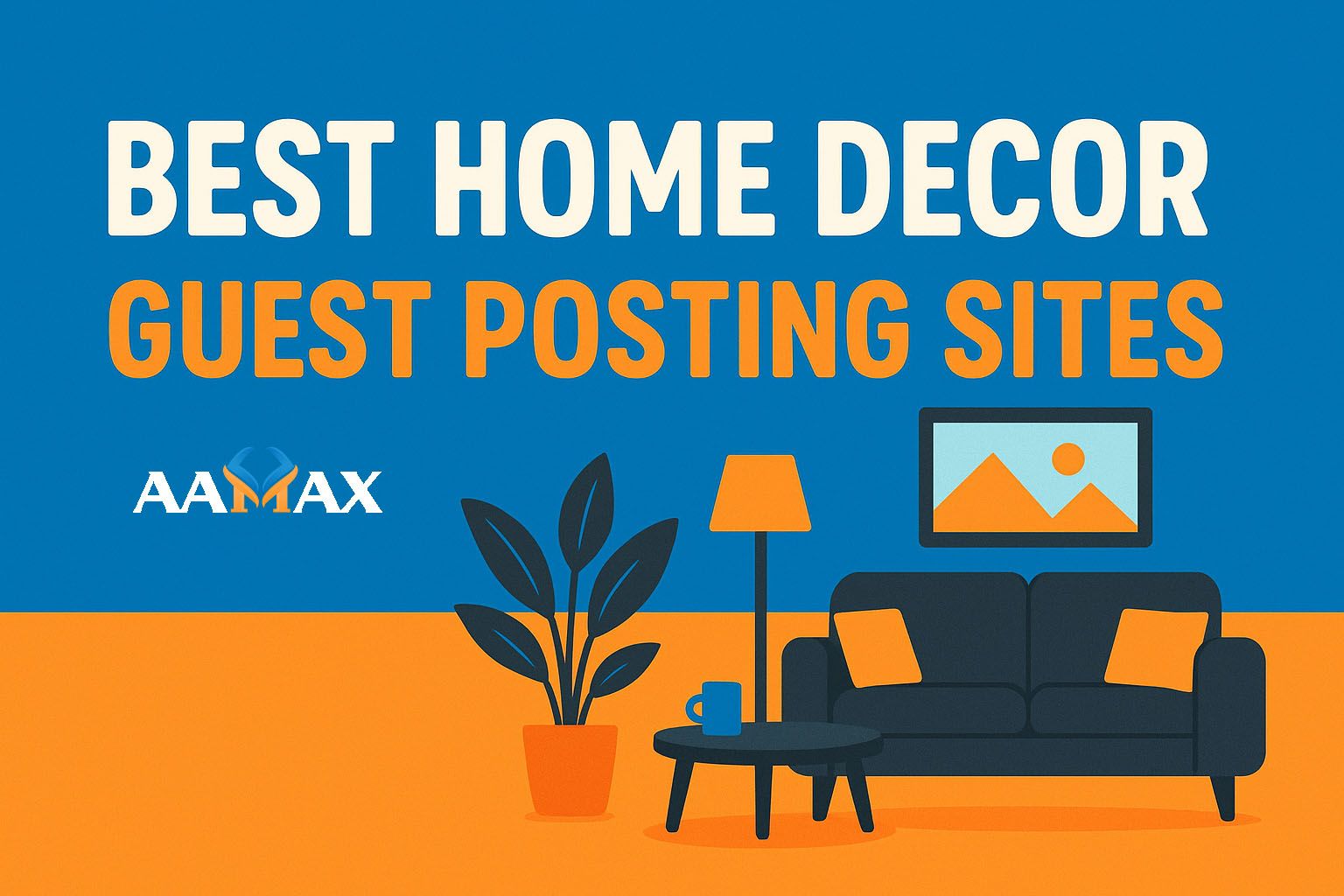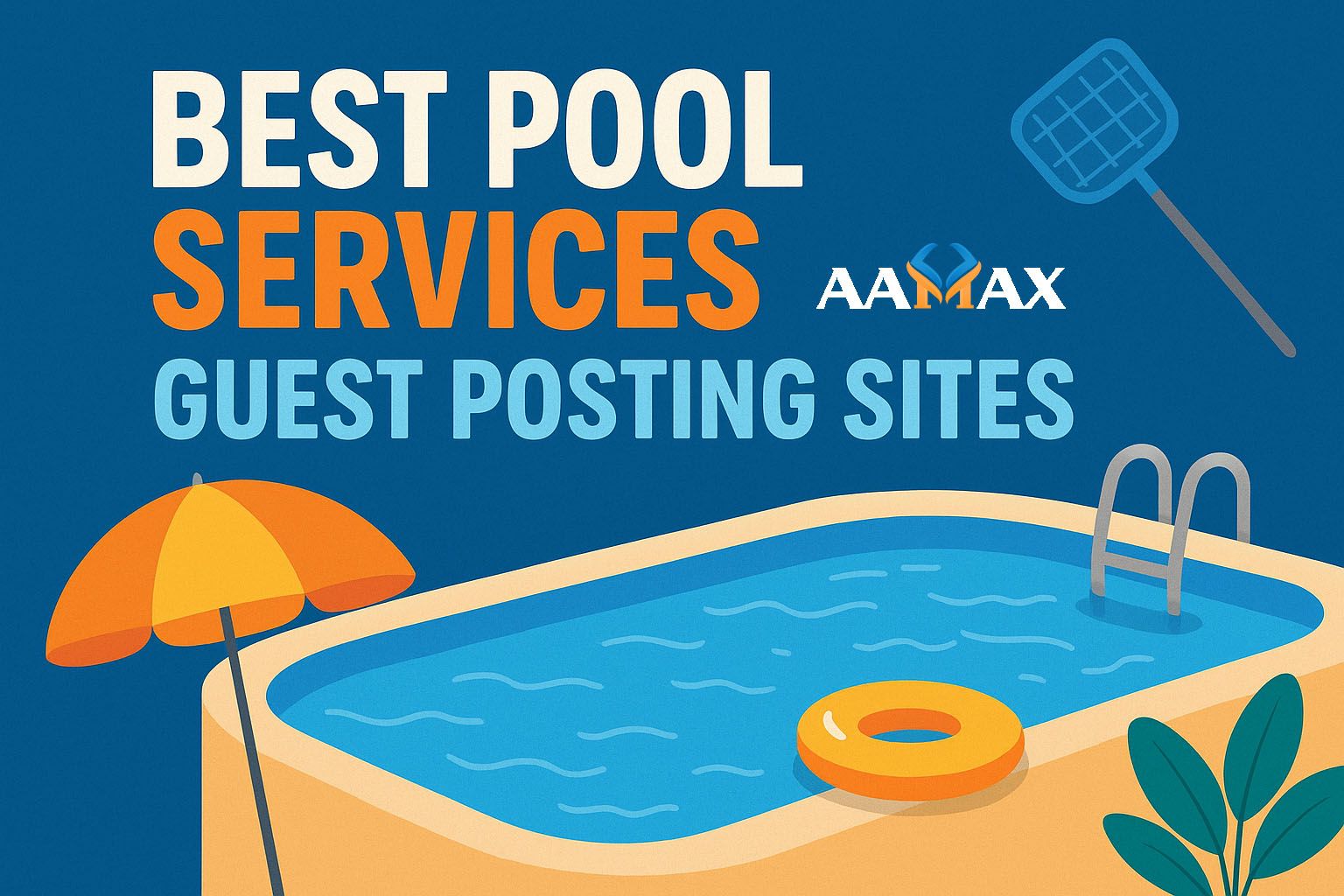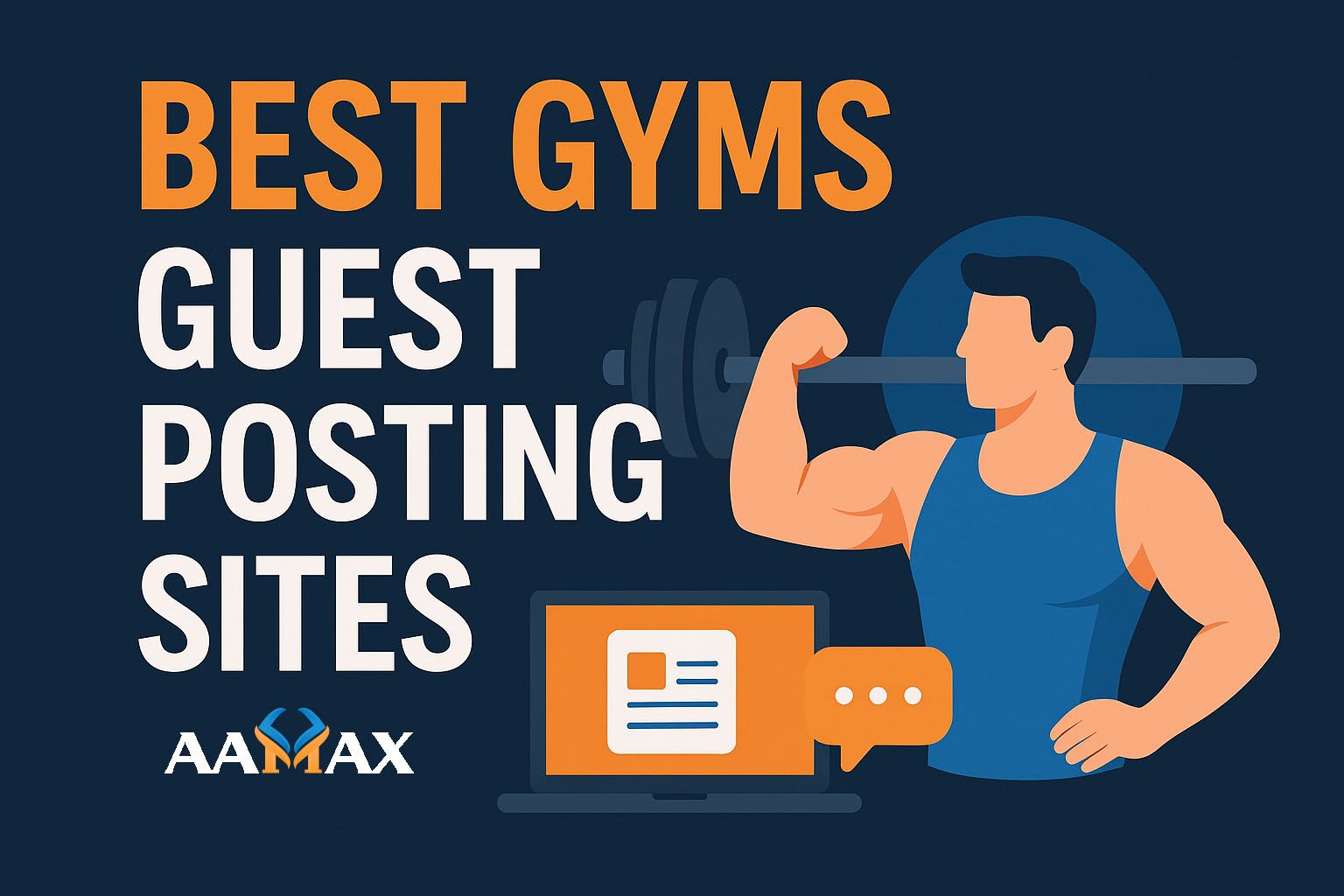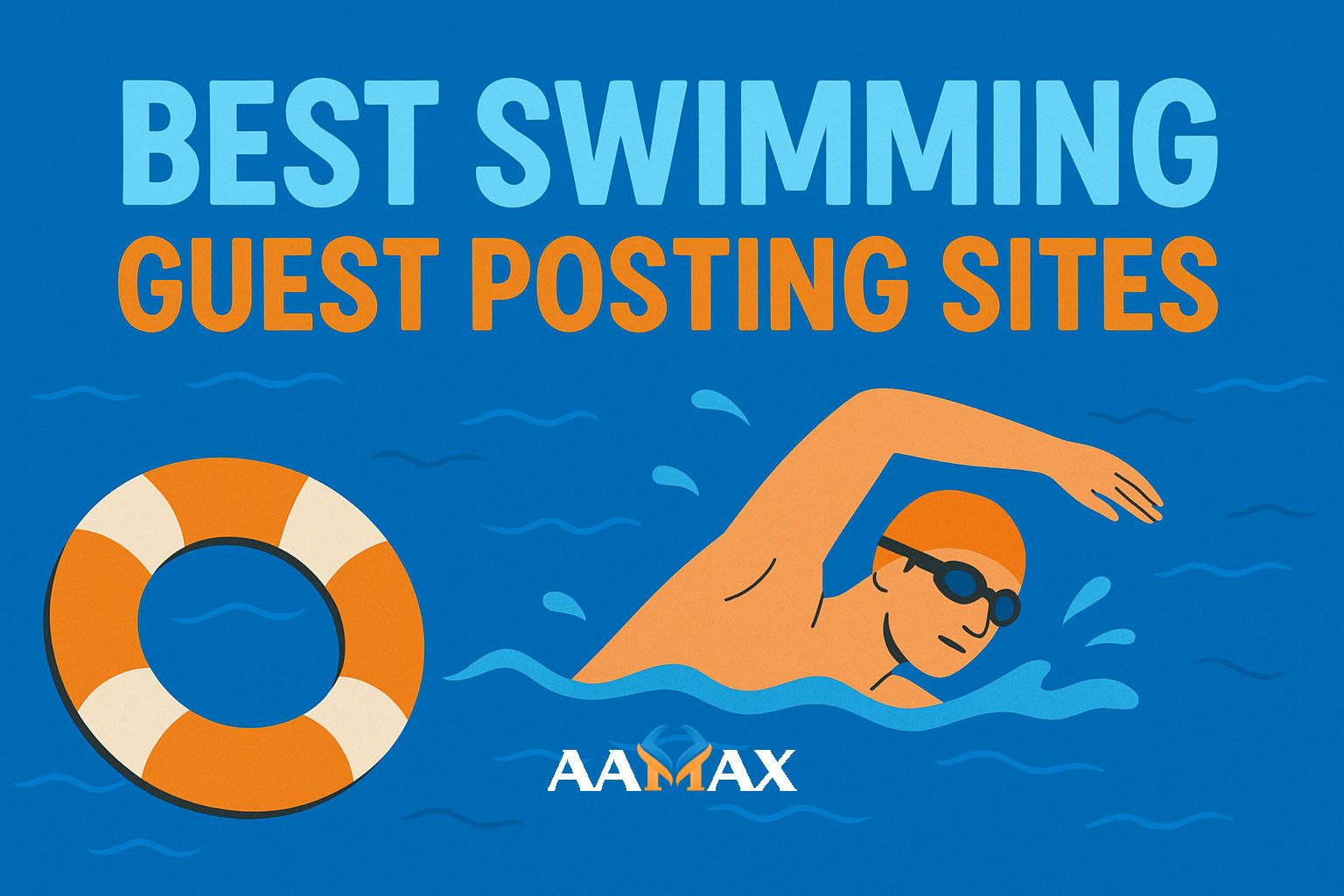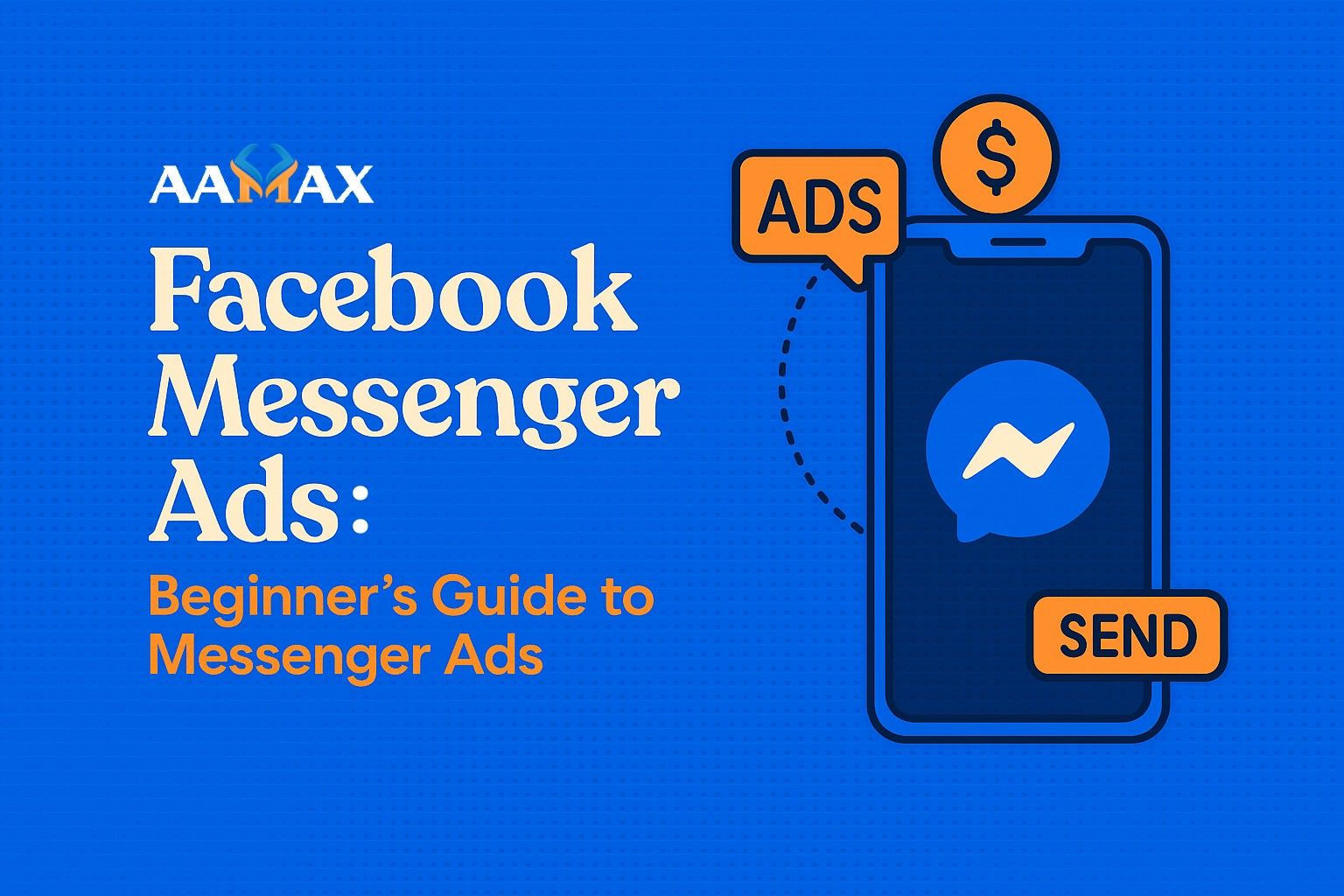
Facebook Messenger Ads: Beginner’s Guide to Messenger Ads
Facebook Messenger has grown far beyond a simple chatting app. With over 1.3 billion users globally, it has become a powerful platform for businesses to connect directly with customers in a personal and scalable way. One of the most effective tools to leverage this platform is Facebook Messenger Ads.
In this beginner’s guide, we’ll break down everything you need to know about Facebook Messenger Ads—from what they are, why they work, how to set them up, and the best practices for getting results. Whether you're new to Facebook advertising or looking to explore new avenues for customer engagement, this guide will help you get started.
What Are Facebook Messenger Ads?
Facebook Messenger Ads are a type of Facebook ad that enables businesses to start conversations with potential customers directly within the Messenger app. Unlike traditional ads that send users to a website or landing page, Messenger Ads initiate a chat conversation, leading to higher engagement and more personal interaction.
There are three primary types of Messenger Ads:
- Click-to-Messenger Ads – These appear in the Facebook or Instagram feed and open a Messenger chat when clicked.
- Sponsored Messages – These are direct messages sent to users you’ve previously interacted with on Messenger.
- Messenger Inbox Ads – These appear as sponsored messages within the Messenger app inbox.
Each format serves a different purpose, from acquiring new leads to nurturing existing contacts.
Why Use Facebook Messenger Ads?
Messenger Ads are particularly effective for several reasons:
1. High Engagement
Messenger chats have open rates as high as 80% and click-through rates (CTR) between 20–30%, significantly outperforming traditional email marketing.
2. Instant Personalization
Messenger Ads allow businesses to create personalized, automated interactions using chatbots or live agents, making it easier to guide users through your funnel.
3. Cost-Efficient
Because Messenger Ads typically generate higher engagement, the cost per lead or conversion can be lower compared to other ad formats.
4. Faster Customer Journey
Rather than sending users to a landing page, Messenger Ads keep them in-platform, removing friction and enabling faster decisions.
5. Retargeting Potential
You can retarget users who have interacted with your Messenger bot, allowing for more nuanced follow-up campaigns.
Use Cases for Messenger Ads
Messenger Ads can be used for a wide range of goals, such as:
- Lead Generation – Collect contact information through chat forms or automated responses.
- Customer Support – Provide real-time answers to inquiries.
- Appointment Booking – Schedule consultations or demos right inside the chat.
- Product Recommendations – Offer personalized product suggestions using AI chat flows.
- Cart Recovery – Send reminders or discounts to users who didn’t complete their purchase.
- Feedback & Surveys – Gather insights from your customers post-purchase.
The real power of Messenger Ads lies in their interactivity and ability to provide immediate value.
Setting Up Your First Messenger Ad
Here’s a step-by-step guide to launching a Messenger Ad from your Facebook Ads Manager.
Step 1: Choose the Right Campaign Objective
When creating a new campaign, choose one of the following objectives that support Messenger placement:
- Messages
- Traffic
- Conversions
- Lead Generation
The Messages objective is the most direct route for Messenger engagement.
Step 2: Set Up the Ad Set
- Audience: Choose your audience based on interests, behavior, location, and demographics. You can also use custom or lookalike audiences.
- Placement: Enable Automatic Placements to let Facebook decide the best placements, or choose Manual Placements to focus only on Messenger and Facebook/Instagram feeds.
- Budget and Schedule: Set your daily or lifetime budget, and define your campaign duration.
Step 3: Design Your Ad
You can choose between:
- Image or video ads: These look like regular Facebook ads but open a Messenger chat when clicked.
- Carousel ads: Great for showcasing multiple services or products.
For Click-to-Messenger Ads, you must create a chat template:
- Choose between “Start Conversations” (quick replies/buttons) or “Generate Leads” (with a native lead form in Messenger).
- Customize your welcome message.
- Add FAQs or automated options for user replies.
You can also integrate your Messenger bot via platforms like ManyChat or Chatfuel to handle conversations automatically.
Step 4: Launch and Monitor
Once your ad is live, monitor it using Facebook Ads Manager. Key metrics to track include:
- Clicks to Messenger
- Replies in Messenger
- Cost per conversation
- Conversation quality (length, engagement, conversion)
Make adjustments as necessary to improve performance.
Best Practices for Facebook Messenger Ads
1. Keep Messages Short and Conversational
Remember, Messenger is a chat app—not a blog. Keep your copy brief, friendly, and easy to understand.
2. Use Quick Replies and Buttons
Guide the conversation with predefined responses. This improves user experience and keeps users moving toward conversion.
3. Follow Up With Sponsored Messages
Once a user has interacted with your Messenger, you can send follow-up messages. Just make sure to stay within Facebook’s 24-hour window for promotional content.
4. Combine Messenger with Other Funnels
Messenger should be part of a multi-channel strategy. Use it to collect emails, send links to landing pages, or direct users to your ecommerce site.
5. Test Different Entry Points
Experiment with placing Messenger ads in different formats: Facebook feed, Instagram Stories, or the Messenger inbox itself.
6. Use Messenger Bots for Scalability
Using chatbots allows you to scale conversations without hiring more staff. Bots can collect data, book appointments, and answer FAQs automatically.
7. Respect Facebook’s Messaging Policies
Facebook has strict rules around what businesses can send and when. Be sure to comply with their 24-hour rule for promotional content and avoid spamming users.
Common Mistakes to Avoid
1. Ignoring the Follow-Up
If users initiate a conversation but don’t complete your funnel, follow up within the allowed window to move them along.
2. Over-Automating
Automation is helpful but should not replace genuine interaction. Offer an option to talk to a human when needed.
3. Poor Targeting
Messenger Ads work best when targeted correctly. Avoid broad targeting—focus on warm audiences or specific segments.
4. Using Generic Messages
A generic message like “Hi, how can we help?” won’t grab attention. Use engaging copy that aligns with the user’s intent.
5. Not Tracking Metrics
Without data, you’re flying blind. Monitor your campaigns and optimize based on real user behavior and conversation quality.
Messenger Ads vs Traditional Facebook Ads
Messenger Ads and Traditional Facebook Ads serve different purposes, each with its own strengths. Messenger Ads offer a more interactive experience by initiating conversations directly with users in Messenger. This chat-based engagement leads to higher interaction rates and faster response times. Users can get instant answers, personalized offers, and even complete purchases within the app, making the conversion funnel smoother and shorter.
On the other hand, Traditional Facebook Ads typically direct users to static landing pages, requiring multiple steps before conversion. While these ads are effective for awareness and reach, they generally see lower engagement due to limited interaction and delayed follow-ups.
Messenger Ads also benefit from automation through chatbots, allowing businesses to handle queries 24/7 and guide users through customized journeys. Traditional ads have limited automation and personalization capabilities.
In summary, Messenger Ads are ideal for businesses looking to create instant, engaging, and personalized user experiences, while traditional ads are better for broader marketing campaigns.|
If your goal is to engage users quickly, answer questions, or drive leads through chat, Messenger Ads outperform traditional formats in many scenarios.
How Much Do Facebook Messenger Ads Cost?
Facebook Messenger Ads operate on the same auction-based model as other Facebook ads. Costs vary based on targeting, competition, and industry.
Typical cost benchmarks:
- Cost per click (CPC): $0.50 – $2.00
- Cost per lead: $2.00 – $10.00
- Cost per conversion: $5.00 – $30.00 depending on the offer
Messenger Ads can often produce lower costs per lead because they convert at higher rates due to the immediacy and personalization of the format.
Industries That Benefit Most from Messenger Ads
Messenger Ads can work across many industries, but they’re particularly powerful for:
- Ecommerce – Product inquiries, recommendations, promotions
- Real Estate – Property tours, scheduling, buyer interest
- Healthcare & Dental – Appointment bookings, patient inquiries
- Education – Lead generation for courses and programs
- Local Services – Quote requests, service explanations
Even B2B companies can use Messenger to qualify leads and book meetings.
Conclusion: Is Facebook Messenger Advertising Right for You?
If you're looking for higher engagement, better conversion rates, and a more personalized approach to online advertising, Facebook Messenger Ads are a strong option. They bring the conversation directly to the user and allow businesses to interact in real time.
To get the most out of Messenger Ads, it’s essential to combine smart targeting, compelling ad design, and effective chat automation. It’s not just about clicking—it's about starting a dialogue.
Need help building a Messenger Ad strategy that actually delivers? Consider working with a digital marketing partner that understands both Facebook Ads and chatbot automation. AAMAX is a full-service digital marketing agency offering web development, digital marketing, and SEO services, including Messenger campaign setup and optimization tailored to your business goals.
Whether you're launching your first ad or scaling a Messenger funnel, the right strategy can turn conversations into conversions—and customers into loyal fans.

